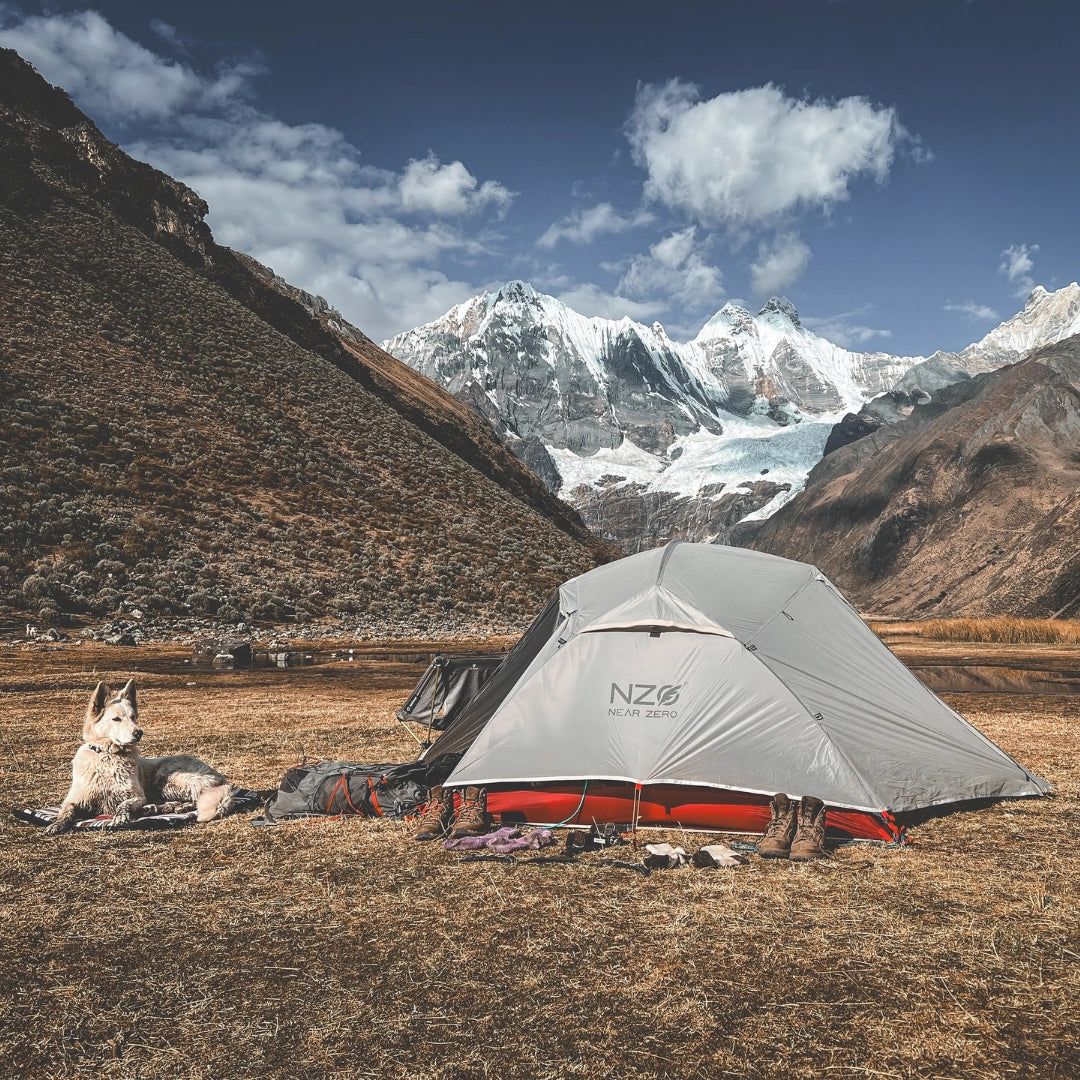
Are Cheaper Campgrounds Worth It? Or Should You Splurge for a More Expensive One?
Camping is often thought of as the inexpensive option—skip the hotel, pitch a tent, and enjoy the stars. But even within the world of camping, prices can vary wildly. One night might cost you $10 at a no-frills forest site, while a full-service campground could run $60+ with premium amenities.
So the question is: Are cheaper campgrounds worth it? Or is it better to splurge? Like many things in the outdoors, the answer depends on your needs, expectations, and how you define “worth it.”
Let’s break it down.
The Case for Cheaper Campgrounds
You Came for Nature—Not Luxury
If your goal is to disconnect and immerse yourself in the outdoors, a basic campsite often delivers exactly what you need: a place to sleep, a fire ring, maybe a picnic table, and stunning natural surroundings. These spots are common in:
-
National forests
-
Bureau of Land Management (BLM) lands
-
Some state parks
Many of these sites are first-come, first-served, which means fewer crowds and more spontaneity. And at $10–$20 per night (or free in some BLM areas), they leave room in your budget for other gear or activities.
Fewer Crowds, More Solitude
Cheaper sites typically come with fewer amenities—which often means fewer people. If you’re looking for quiet mornings, dark skies, and a real wilderness feel, cheaper or more remote campgrounds are usually your best bet.
Great for the Self-Sufficient
If you’re traveling with your own water, power, and bathroom system—or just comfortable roughing it—why pay for hookups and extras you won’t use?
Tip: With lightweight gear like Near Zero’s ready-to-go bundles and ultralight tents, minimalist camping is easier than ever—even at the most primitive sites.
The Case for Splurging on a Campground
Amenities Can Save the Day
Hot showers, flush toilets, electrical hookups, drinking water, laundry stations, and on-site camp stores can make a world of difference—especially for:
-
Families with young kids
-
First-time campers
-
Multi-day travelers
These comforts can turn a stressful trip into a relaxing one, and sometimes justify the $40–$60+ price tag.
Safety and Cleanliness
Pricier campgrounds, especially those in national or premium private parks, often come with:
-
Regular maintenance and trash pickup
-
On-site staff or camp hosts
-
Well-marked sites and rules that prevent overcrowding or noise issues
If you’re new to camping or traveling solo, the added structure can bring peace of mind.
Built-In Activities
Premium campgrounds sometimes offer more than just a place to sleep:
-
Ranger-led programs
-
Swimming pools or lakes
-
Playgrounds and game areas
-
Easy access to popular trails or landmarks
These are great for families or campers who want entertainment without extra planning.
So… Which One Is “Better”?
There’s no one-size-fits-all answer, but here’s how to decide:
|
If You Value… |
Go Cheap |
Splurge |
|
Solitude and nature |
✅ |
|
|
Budget travel |
✅ |
|
|
Amenities (toilets, showers, water) |
✅ |
|
|
First-time camping or family trips |
✅ |
|
|
A quick stop or overnight |
✅ |
|
|
Planned activities or events |
✅ |
|
|
Flexibility (no reservations) |
✅ |
Choose What Fits Your Trip
Cheaper doesn’t always mean worse, and expensive doesn’t always mean better. The real question is: What kind of experience are you after?
If you’re prepared with lightweight, efficient gear (like Near Zero’s minimalist camping kits), a no-frills campground can offer unforgettable experiences for next to nothing. On the other hand, a well-equipped site can turn camping into a relaxing, low-stress retreat—especially if you're camping with kids, pets, or less-experienced friends.
The key is knowing your needs—and matching the site to your style.

